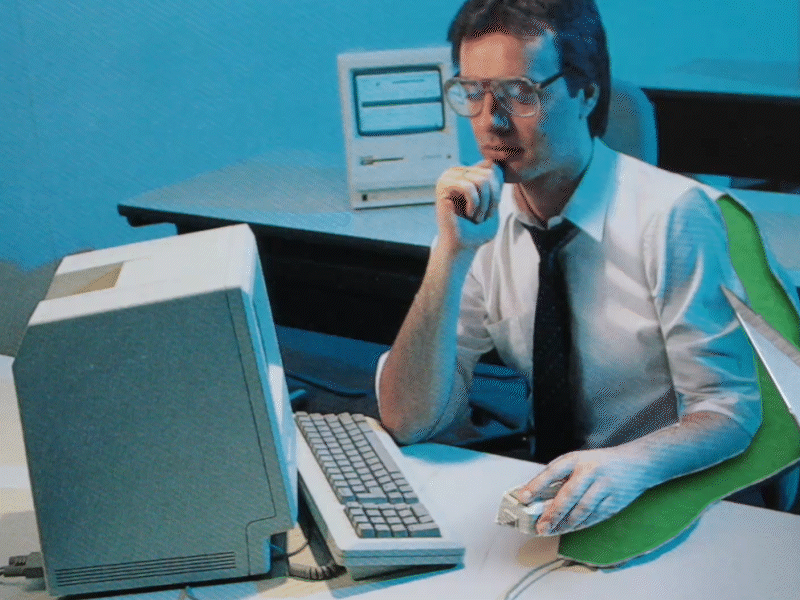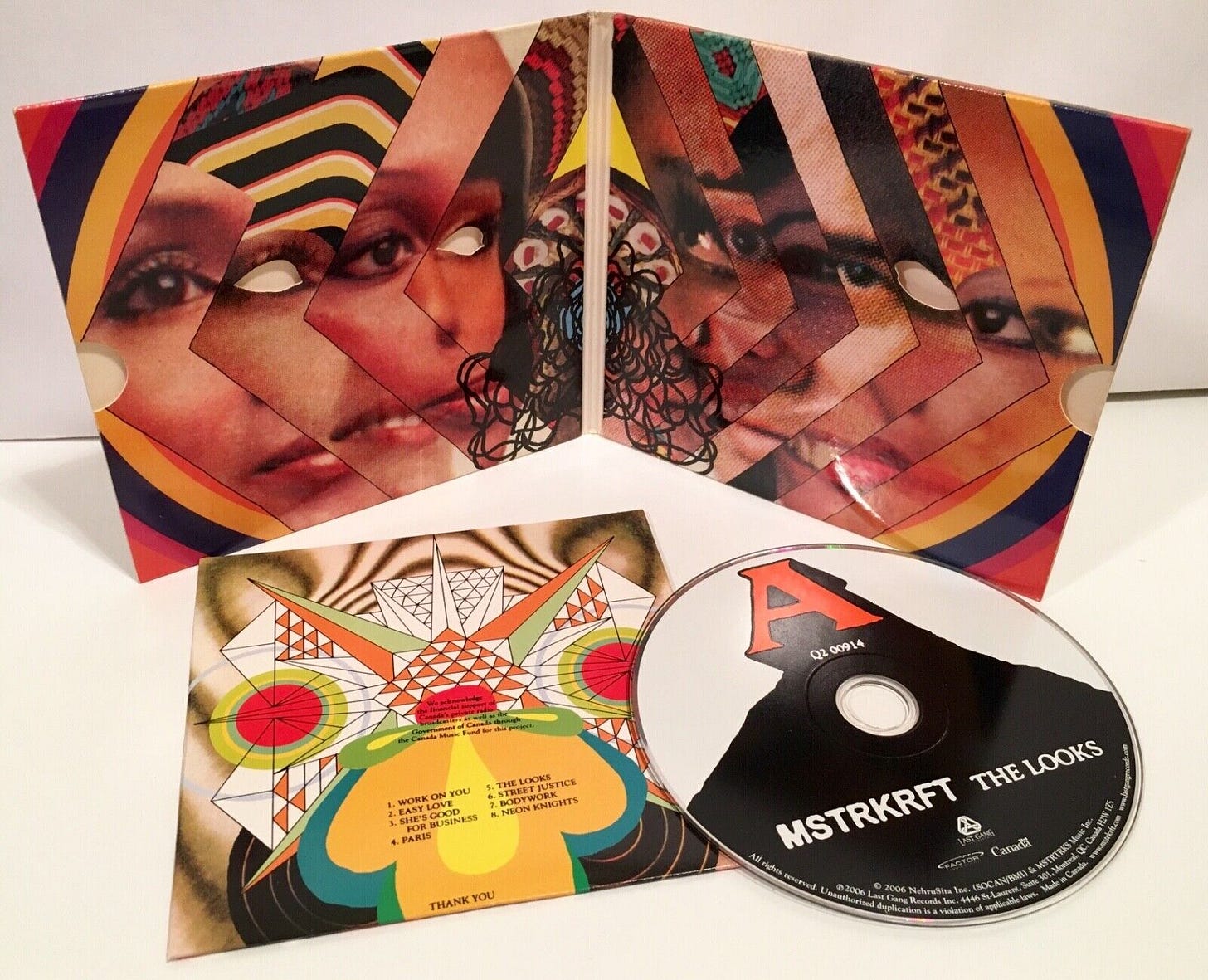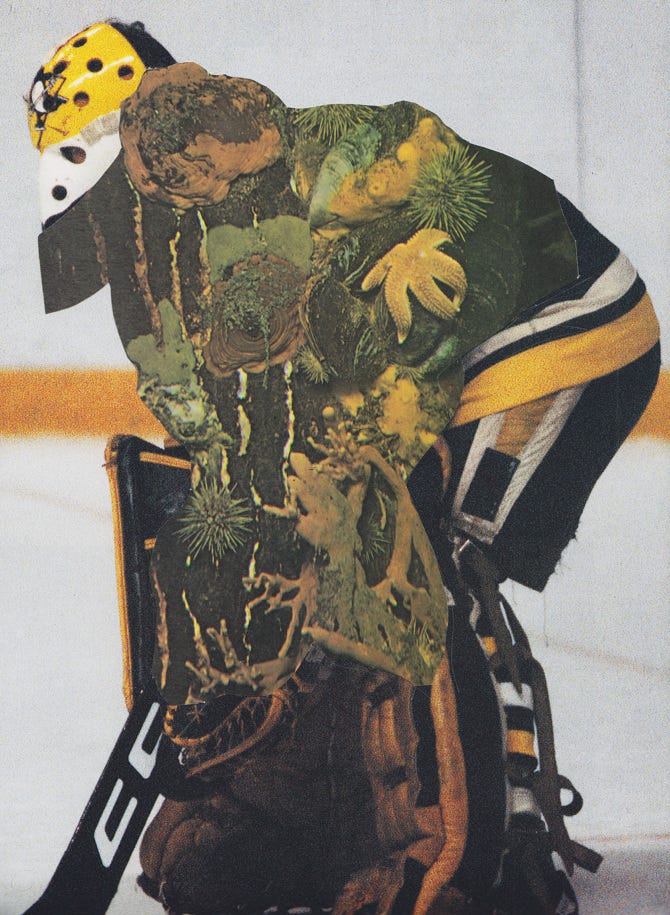How a 10-Second Test Set My Animation Journey in Motion
Collage gave me a way into animation that didn’t feel technical or intimidating—just hands-on and free. One small proof of concept turned into my first commissioned project using this technique.
In 2015, I had a bit of breathing room. I’d just finished a long run working in the art department on a big studio production, and for the first time in a while, I had time to focus on an independent project.
At the time, I was sharing a studio in Montreal called 100 Sided Die, run by the silkscreen legends Seripop. The walls were covered in prints, the floors stained with ink, and the space was home to an eclectic mix of artists—from painters and punk bands to a tiny distortion pedal company.
Being around Seripop’s work—loud, layered, and totally unhinged—rubbed off on me. Their posters were visual noise: freaked-out imagery colliding with scribbles and interruptions. It shifted how I thought about image-making—more instinct than polish, more chaos than control.
I spent much of my time watching Ubu Web, Internet Archive documentaries, and whatever experimental animation happened to surface on Vimeo.
Still, I felt intimidated to even try animation. After years of working alongside seasoned pros on stop-motion TV shows and feature films, the bar felt impossibly high.
Then I started thinking about the drawing and collage parties we used to have in Toronto—back when I lived with a crew of noise musicians and visual artists. We’d sit around with piles of cut-up magazines, passing pages back and forth, trying to outdo each other with the weirdest, funniest combinations. The goal wasn’t perfection—it was play.
What stuck with me was how accessible it all felt. Collage didn’t require expensive gear or years of training—just scissors, glue, and a willingness to mess around. That realization gave me permission to finally try animation. I didn’t need to match the refinement of the professionals I’d worked with. I just needed to start cutting things up and making them move.
So I thought: What if I just made some collages and moved them by hand in front of a green screen? No frame-by-frame capture, no armatures—just live-action movement and layered cutouts. I could film hundreds of floating, flailing collage pieces, each one a moving puzzle piece I could rearrange, layer, or discard entirely in Premiere.
Yes—Premiere. I hadn’t wrapped my head around After Effects yet.
Right around that time, Jon Schouten from Telephone Explosion Records reached out to ask if I’d make a music video for a band called Soupcans. He had a $500 budget. I pitched the idea with a few scanned collage images and a short test video that showed this lo-fi, live-action movement—and that was enough to get everyone on board.
In fact, that test ended up in the finished video.
Small test videos are a great way to start when the idea of a full short film feels overwhelming. They let you dip your toe in, try out a technique, and—if you’re lucky—become a proof of concept when someone offers you a budget to run with.
I shot various cut-outs top down against a green piece of paper in the studio—everything from fashion magazines to postcards. No Dragonframe, no rigs—just handheld motion and spontaneity. I realized the backgrounds could simply be ripped open against the green screen, creating quick transitions into the next vignette.
That discovery made editing a breeze, leaving me with what I like to call infinite escape routes—a perfect fit for the nonlinear structure I was working with.
I slapped the video together in about two weeks, trying not to overthink any shot. The goal was to match the raw energy of the music—not to be too precious with it.
Still, something felt missing during the more chaotic parts of the song. To amp up the texture and energy, I used a cheap microscopic lens attachment on my iPhone to capture macro shots of magazine pages flashing in the background. These added bursts of colour and motion that felt right.
The idea actually came from watching cooking shows, where chefs often prepare the same ingredient in multiple ways in one dish. I liked that. In the same spirit, I presented the magazine cut-outs using two focal lengths—one wide, one ultra-close—like showing the same ingredient from two perspectives at once.
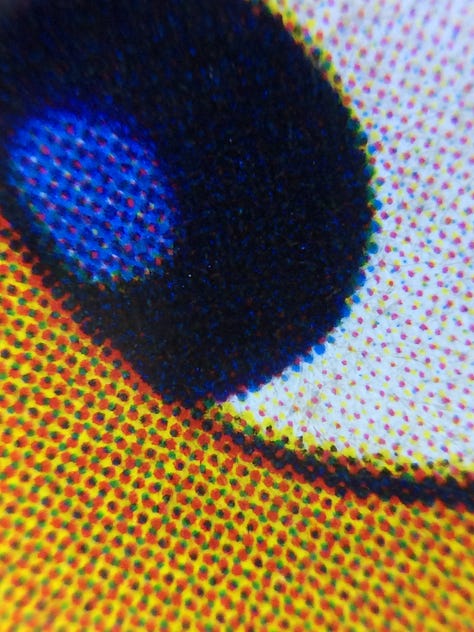
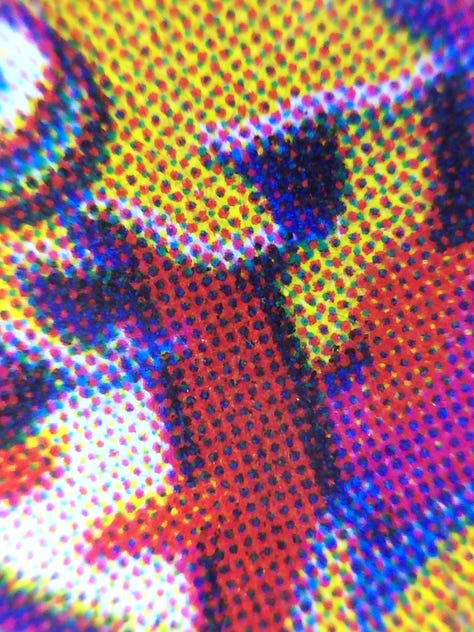
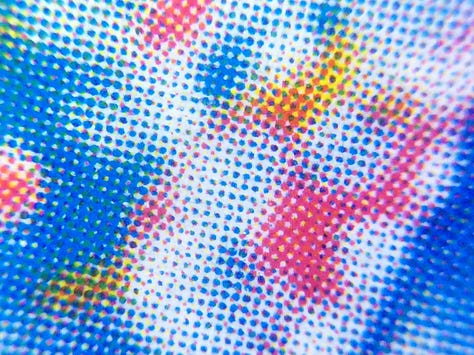
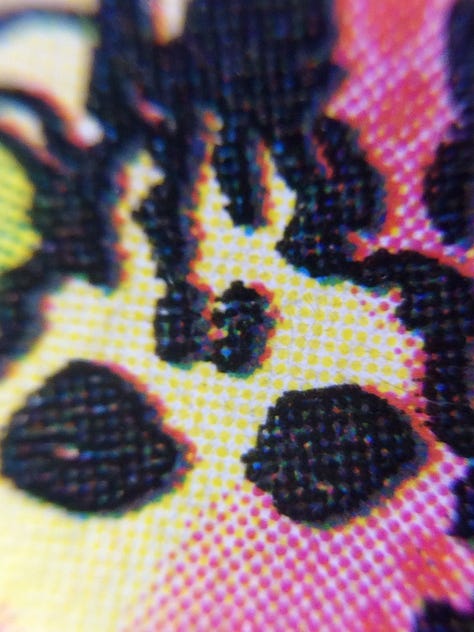
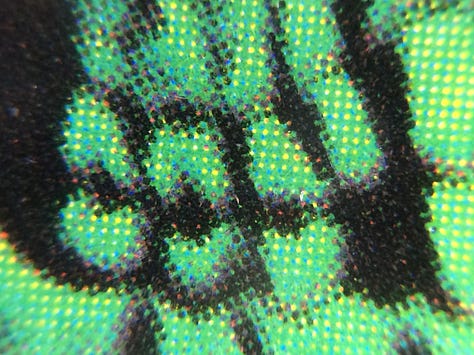
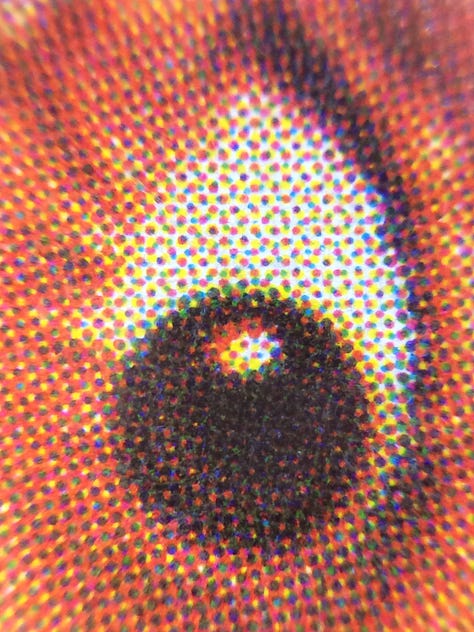
I posted the finished video to Vimeo and was lucky enough to have it selected as a staff pick. I think it stood out for a few reasons: the bold, colourful visuals, the novelty of the movement, the constant rip-and-reveal of new scenes, and the intensity of the music.
That small moment of visibility gave the project a big boost—both for the band, who were working with a tiny budget, and for me, as I experimented with a new animation technique and suddenly had eyes on it.
That momentum pushed me to keep exploring collage animation. I’m still grateful to Jon at Telephone Explosion Records and to Vimeo for giving that technique a chance to be seen.


